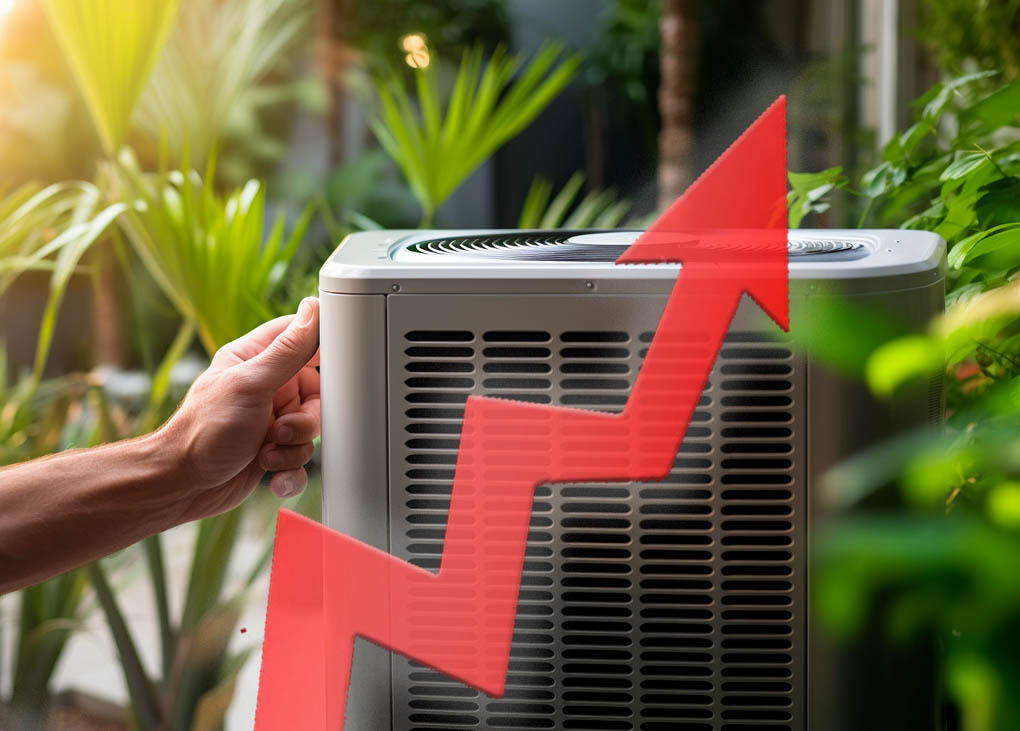Nine states in the USA have signed a memorandum of understanding to increase heat pump sales and accelerate the transition to pollution-free residential buildings.
The initiative, led by the Northeast States for Coordinated Air Use Management (NESCAUM), aims for heat pumps to meet 65 per cent of residential needs by 2030, and 90 per cent by 2040.
The states that have signed the agreement are California, Colorado, Maine, Maryland, Massachusetts, New Jersey, New York, Oregon and Rhode Island.
Industry experts say agreements like this can encourage the market to shift away from fossil fuels towards zero-emission electric technologies.
Maryland Department of the Environment Secretary Serena McIlwain says heat pumps and building electrification are the future for healthier homes and a thriving green economy.
“This multi-state partnership will … strengthen a coalition of states for cleaner air and better health outcomes,” she says.
This MOU builds on a September 2023 commitment from the U.S. Climate Alliance’s member states and territories to quadruple heat pump installations by 2030.
The states will also collaborate to collect market data, track progress, and develop an action plan within a year to support the widespread electrification of residential buildings.
Silent but harmful
According to NESCAUM, buildings are a hidden source of air pollution, which comes from the combustion of fossil fuels in furnaces, boilers, and water heaters. Across the participating states, buildings emit 173 million metric tons of CO2 annually.
Building emissions can cause increased risk of heart attacks and asthma attacks, and building electrification could help deliver wide-spread health benefits.
Terry Gray, Director of the Rhode Island Department of Environmental Management, says the transition to zero-emission buildings is an essential step in reducing the harmful emissions that worsen climate change, and will help improve the air quality that residents breathe every day.
The agreement includes an emphasis on collaborating with key stakeholders, including heat pump manufacturers and HVAC installers.
The states aim to lead by example, and have committed to promote the installation of zero-emission, grid-interactive technologies in existing state buildings. They are also seeking to direct around 40 per cent of efficiency and electrification investments to benefit low-income households facing high energy burdens, as well as communities historically burdened with elevated air pollution levels.
Alli Gold Roberts, senior director of state policy at Ceres, says state policy is critical to accelerating the adoption of building technologies that are good for the climate and good for business.
“Initiatives that encourage collaboration across state lines to develop best practices are essential to accelerating this transition,” she says.



Leave a Reply